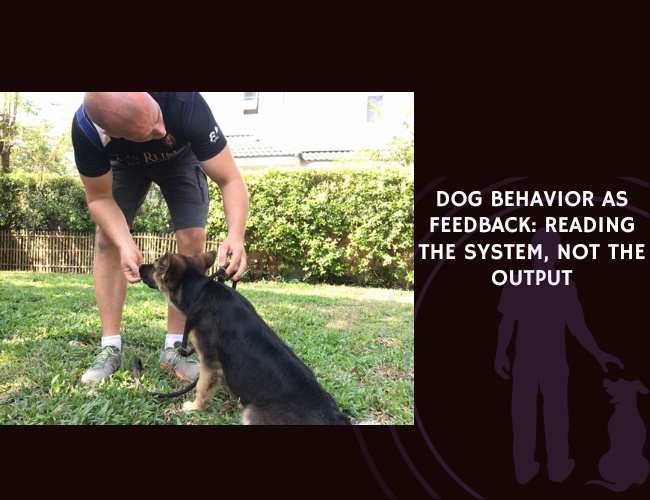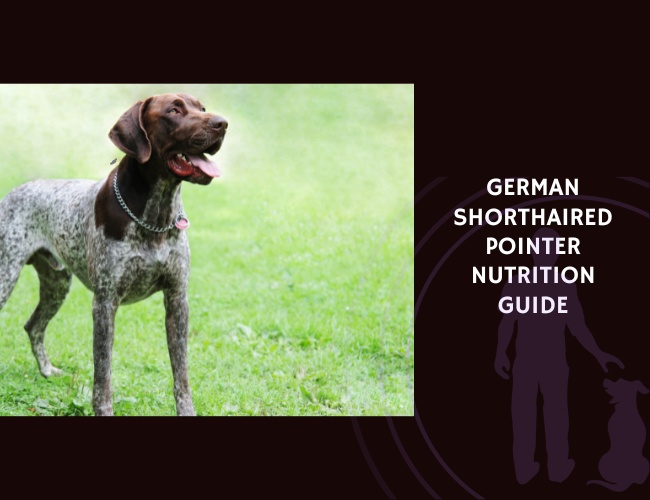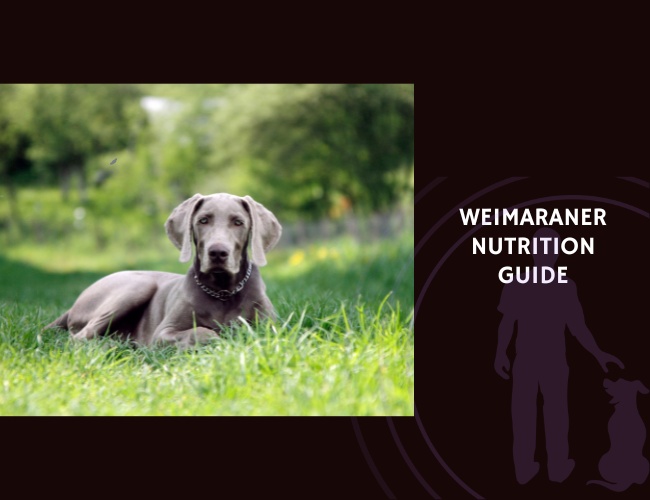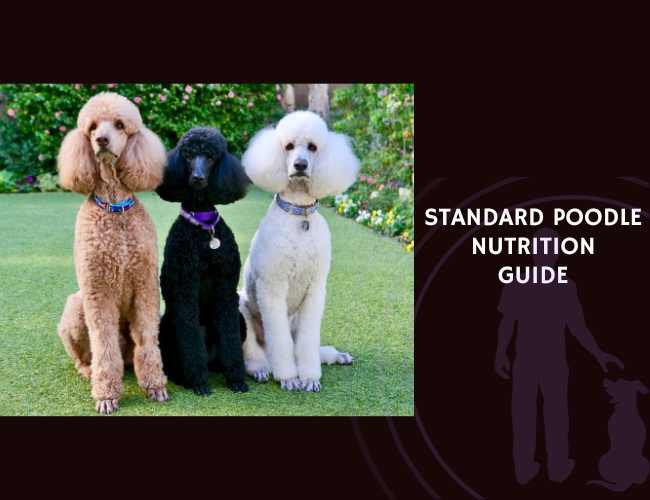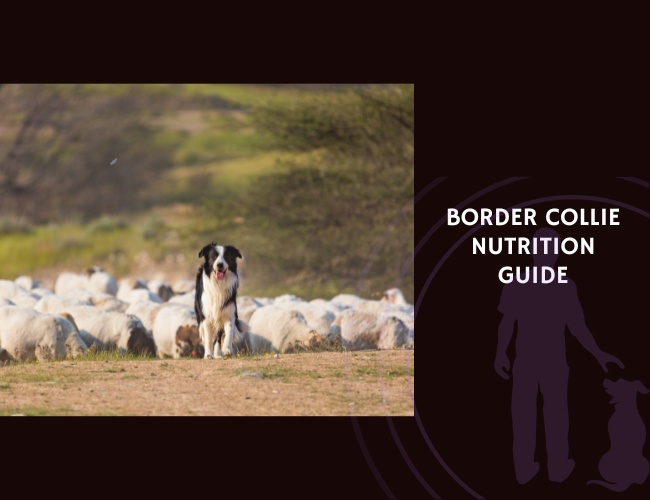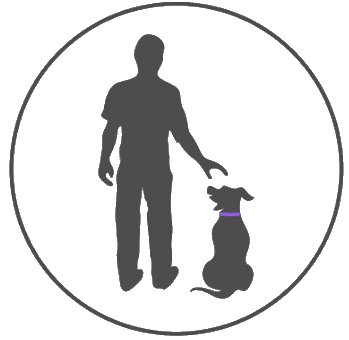Understanding Canine Aggression: The Basics
Dog aggression is a complex behavior that manifests in various ways and understanding its basics is essential for any dog owner or caretaker. Let’s delve into what constitutes aggression in dogs, how to distinguish between normal and pathological behaviors, and the common types of aggression observed in our canine companions.
Defining Aggression in Dogs
Aggression in dogs is defined as any behavior initiated with the intent to harm or intimidate another individual. This behavior can take multiple forms, each with its own triggers and manifestations:
- Fear-based aggression: This is often a defensive response triggered by perceived threats. The dog may growl, snap, or bite as a way to ward off the threat.
- Territorial aggression: This occurs when a dog feels its space is being invaded. The aggression is directed at intruders who encroach upon its territory, whether it be a familiar home or yard.
- Possessive aggression: This arises from the desire to protect resources such as food, toys, or resting places. The dog may become aggressive if it feels these resources are threatened.
Normal Protective Behavior vs. Pathological Aggression
It’s important to differentiate between normal protective behaviors and pathological aggression. Normal protective behaviors are instinctive and serve to safeguard the dog and its social group. These behaviors become problematic, or pathological, when they exceed what is necessary to handle the situation, leading to harm or excessive fear in others.
Pathological aggression often includes disproportionate, unpredictable, and consistent aggressive responses. Recognizing the threshold between these types of behaviors helps in developing effective interventions and management strategies.
Common Types of Canine Aggression
Fear-based Aggression
Fear-based aggression is the most common type and is usually characterized by defensive behaviors. Dogs displaying this type of aggression have often experienced negative encounters with people or other animals, resulting in a heightened state of alertness and fear. Recognizing the signs early can help in managing and reducing the dog’s anxiety.
Territorial Aggression
Territorial aggression is driven by the dog’s instinct to protect its home turf. This type of aggression typically surfaces when an unfamiliar person or animal encroaches upon the dog’s perceived territory. Addressing territorial aggression might involve controlled exposure and positive reinforcements to teach the dog that intrusions are not inherently threatening.
Possessive Aggression
Possessive aggression, or resource guarding, emerges when a dog feels the need to protect valuable resources. Items such as food, toys, or even humans can become points of contention. Dogs exhibiting this type of aggression might show growling, snapping, or biting behaviors if another individual approaches their perceived valuables. Understanding resource guarding and providing fair exchange training can help alleviate this aggressive tendency.
By defining and understanding these manifestations of aggression, we lay the groundwork for effectively addressing and managing aggressive behaviors in dogs. Recognizing the signs and underlying triggers is crucial in providing the appropriate care and intervention needed.
Next, we will explore the brain science behind aggressive behavior, understanding how different brain structures and neurotransmitters play pivotal roles in driving these actions. This will further our knowledge and ability to manage and prevent aggression in our canine companions.
The Brain Science Behind Aggressive Behavior
Understanding the intricacies of canine aggression requires a deep dive into the brain’s architecture and chemistry. Here’s how the brain’s structures and neurotransmitters play a role in your dog’s behavior.
The Amygdala and Hypothalamus: Key Players in Aggression
The amygdala and hypothalamus are central to processing emotions and managing stress responses, which are both critical components of aggression.
Role of the Amygdala
The amygdala is the emotional headquarters of the brain. When a dog perceives a threat, the amygdala lights up, triggering a suite of emotional responses, including fear and aggression. This small almond-shaped structure is fundamental to fear-based aggression, which occurs when dogs feel threatened or cornered.
Role of the Hypothalamus
The hypothalamus, on the other hand, deals with the physiological aspects of stress. It regulates hormonal responses that prepare the body for action. When a dog encounters a stressor, the hypothalamus prompts the release of stress hormones like cortisol, setting the stage for an aggressive response when the stress is prolonged or intense.
Neurotransmitters: The Chemical Messengers
Neurotransmitters are chemicals that transmit signals across the brain, significantly impacting mood and behavior. Two of the most crucial neurotransmitters involved in aggression are dopamine and serotonin.
Dopamine: The Reward Chemical
Dopamine is often associated with pleasure and reward. However, dysregulation of dopamine can predispose dogs to impulsive and aggressive behaviors. High levels of dopamine can amplify a dog’s reactivity, making aggressive responses more likely when they are overexcited or overstimulated.
Serotonin: The Mood Stabilizer
Serotonin, known for its role in mood regulation, has a calming effect. Low levels of serotonin are consistently linked to increased aggression in dogs. This is because serotonin helps to inhibit irrational, aggressive impulses. When serotonin levels are low, those inhibitory brakes aren’t as effective, leading to higher aggression levels.
The Impact of Stress Hormones
Stress hormones like cortisol play a pivotal role in a dog’s aggressive behavior. When the hypothalamus triggers the release of cortisol, it prepares the body for a fight-or-flight reaction. This hormone is beneficial in short bursts but detrimental when levels remain high over long periods.
- Chronic Stress: Prolonged exposure to cortisol can miswire the brain, making dogs more prone to aggressive outbursts even in non-threatening scenarios.
- Acute Stress: Sudden spikes in stress hormones can heighten a dog’s aggressive tendencies momentarily, especially in response to immediate threats.
Understanding these neurological and biochemical underpinnings of aggression is essential for managing and mitigating this behavior in your dogs.
By comprehending how the brain’s intricate systems influence aggression, you’ll be better equipped to address and manage these behaviors compassionately and effectively. Early recognition and intervention can make a significant difference in your dog’s behavior and overall quality of life.
Genetic and Breed-Specific Factors
Role of Genetic Predisposition
Genetics can play a significant role in dog aggression, much like it does with many other behavioral traits. Certain breeds are more predisposed to aggressive behavior due to their genetic makeup. For example, breeds that were originally bred for guarding or protection, such as German Shepherds and Rottweilers, often have an inherited predisposition to exhibit more aggressive tendencies. This genetic inclination doesn’t guarantee aggression, but it does contribute to how a dog’s behavior develops over time.
Influence of Breed-Specific Traits
Different breeds have specific traits that can affect their behavior. Some breeds might exhibit more aggressive tendencies due to their historical roles. For instance:
- Guarding Breeds: Breeds like Dobermans or Bullmastiffs were developed to guard properties and protect their owners. Consequently, they might display more territorial aggression.
- Herding Breeds: Dogs like Border Collies were bred to control livestock. These traits can sometimes translate into a propensity for control-related aggression toward humans or other animals.
- Fighting Breeds: Breeds such as the American Pit Bull Terrier were originally bred for dog fighting, which could affect their interactions with other dogs.
It’s essential to recognize that while genetics provide a predisposition, it doesn’t mean certain breeds are inherently dangerous. Proper training, socialization, and environment play crucial roles in shaping a dog’s behavior.
Heredity and Environmental Interactions
The interplay between genetics and the environment is key in understanding aggression. While a dog may have a genetic predisposition towards aggression, factors such as early socialization, training, and living conditions can significantly influence the outcome.
- Early Socialization: Dogs that are well-socialized during their critical developmental period (3-14 weeks) are less likely to develop aggressive behaviors. Early positive interactions with various people, other dogs, and different environments can mitigate genetic predispositions.
- Living Environment: A dog’s environment plays a crucial role in shaping its behavior. Dogs that grow up in stressful, unpredictable, or abusive environments are more likely to exhibit aggressive behaviors, regardless of their genetic background.
- Training and Handling: Consistent, positive reinforcement training can help manage and reduce tendencies towards aggression. Conversely, harsh or inconsistent handling can exacerbate aggressive behaviors in genetically predisposed dogs.
Understanding the delicate balance between a dog’s genetic makeup and its environment is necessary for effectively managing and preventing aggression. Owners must recognize the specific needs of their dog’s breed and provide a supportive, structured environment to ensure positive behavior outcomes.
Understanding genetic predisposition and breed-specific traits is essential for effective intervention and management of canine aggression. By acknowledging these aspects, owners and trainers can better tailor their approaches to individual dogs, ensuring more effective and humane behavior management.
Hormonal Influences and Physical Health
Testosterone and Its Effects on Aggression
Testosterone, a primary male sex hormone, has long been linked to increased aggression in dogs. Unneutered male dogs are often more prone to demonstrating dominant and territorial behaviors due to higher testosterone levels. This hormone can amplify a dog’s natural tendencies toward asserting dominance and protecting their territory, resulting in more frequent and intense aggressive responses.
The Role of Estrogen in Female Dogs
Estrogen, the predominant female sex hormone, can also influence aggression, particularly during certain phases of the reproductive cycle. Female dogs may show increased irritability and defensive behaviors when experiencing fluctuations in estrogen, such as during estrus (heat) or pregnancy. This hormonal shift can lead to temporary increases in aggressive behavior, as the dog’s body undergoes significant physiological changes.
Impact of Spaying and Neutering
Spaying and neutering, which involve the removal of reproductive organs, can lead to significant changes in a dog’s behavior, including aggression. Generally, these procedures result in reduced levels of testosterone and estrogen, potentially decreasing aggression, particularly those types linked to mating and territoriality. Neutering male dogs often leads to a reduction in dominance-related aggression, while spaying female dogs can mitigate aggression tied to reproductive cycles. However, it’s important to note that the impact on aggression can vary, and some dogs may show minimal behavioral changes post-surgery.
Medical Conditions Triggering Aggression
Beyond hormonal influences, several medical conditions can trigger unexpected aggression in dogs. Pain, for instance, can lead to defensive aggression as a coping mechanism. Dogs suffering from arthritis, hip dysplasia, or injuries may lash out to protect themselves from further discomfort.
Thyroid imbalances, particularly hypothyroidism, have been identified as a medical cause for inexplicable aggression. Hypothyroidism can lead to a myriad of behavioral changes, including increased irritability and aggression. Therefore, it’s important to conduct a comprehensive health assessment when addressing aggressive behaviors to rule out or treat underlying medical issues.
Understanding these hormonal and health-related aspects not only aids in managing current aggressive behaviors but also provides a framework for preventing future issues. Creating a supportive environment and maintaining regular veterinary check-ups are crucial in ensuring the well-being of dogs.
Transitioning from these physiological aspects, it becomes essential to understand how early development and socialization play a critical role in shaping a dog’s behavior throughout its life.
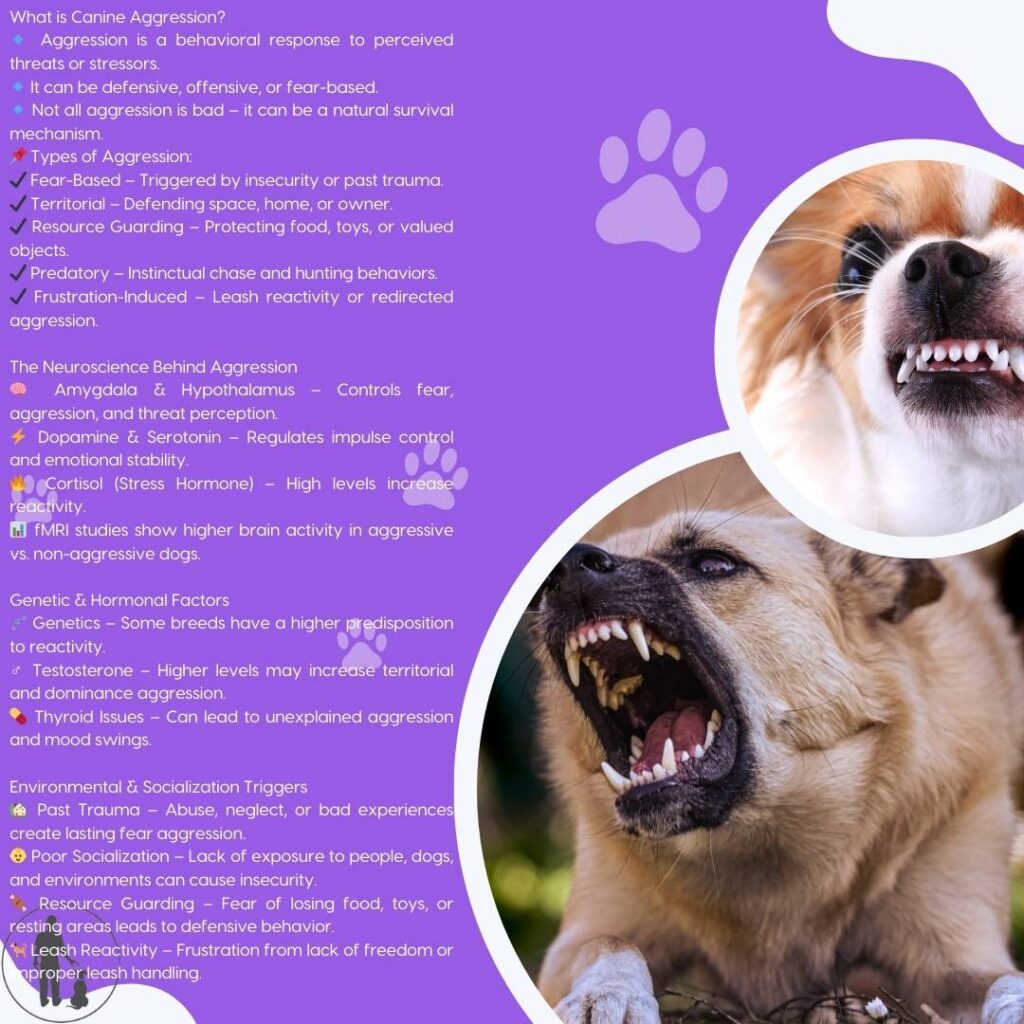
Early Development and Socialization
The Critical Socialization Period (3-14 Weeks)
The early weeks of a puppy’s life, specifically from 3 to 14 weeks of age, are crucial for their social development. This period is when puppies are most receptive to learning and adapting to new experiences, which can significantly influence their behavior, including tendencies towards aggression.
During this time, puppies should be exposed to a variety of stimuli, including people, other animals, different environments, and various sounds and sights. Positive experiences with these stimuli help puppies develop into well-adjusted adult dogs that are less likely to exhibit fear-based aggression. Conversely, lack of exposure or negative experiences during this critical period can lead to fearfulness and increased likelihood of aggressive behaviors later in life.
Importance of Maternal Care and Littermate Interactions
Maternal care and interactions with littermates play an essential role in shaping a puppy’s behavior. Mothers naturally discipline their puppies, teaching them the boundaries of acceptable behavior. These interactions help establish social norms and coping mechanisms that are crucial for adult life.
Littermate interactions are equally important. Through play fighting and other social behaviors, puppies learn bite inhibition, social cues, and emotional regulation. These lessons are vital as they provide a foundation for how dogs will interact with humans and other animals later in life. Puppies that are prematurely separated from their mother and littermates may miss out on these crucial lessons, which can lead to future behavioral issues, including aggression.
Influence of Early Experiences on Adult Behavior
Early experiences, both positive and negative, have a lasting impact on a dog’s behavior as an adult. Positive interactions, such as gentle handling, exposure to various environments, and rewarding engagement with people and other animals, can foster confidence and a well-balanced temperament. These experiences teach puppies that the world is a safe place and that humans are trustworthy.
Negative experiences, such as harsh handling, isolation, or exposure to threatening environments, can have the opposite effect. Puppies subjected to such conditions are more likely to develop anxiety and aggressive tendencies as they grow older. Importantly, these negative early experiences can create a heightened sensitivity to stress, which is a significant factor in aggressive behavior.
Understanding the importance of early development and socialization can help prevent aggression in dogs. Providing puppies with a nurturing, positive start to life lays the groundwork for them to become balanced and non-aggressive adults. Equally important is recognizing and addressing any negative experiences early on to mitigate their long-term impact.
As dogs grow and become more integrated into their families and environments, it’s essential to remain mindful of the factors that can trigger aggression. Early intervention and proactive management strategies are key to ensuring a harmonious relationship between dogs and their owners.
Environmental Triggers and Management
Understanding and managing aggression in dogs requires a deep dive into the various environmental factors that contribute to such behaviors. Identifying these triggers, analyzing the impact of owner behavior, and employing effective management strategies are essential steps toward ensuring safety and well-being.
Common Environmental Triggers
Dogs often react to their surroundings, and certain environmental factors can significantly impact their behavior. Knowing these triggers can help in developing better management strategies.
- Past Trauma: Dogs with histories of abuse or neglect often exhibit aggression as a defensive mechanism. Understanding a dog’s background is crucial for effective rehabilitation.
- Unfamiliar Environments: Sudden changes in environment or routine can be distressing, leading to aggressive responses.
- Loud Noises: Sirens, fireworks, and other loud noises can cause stress and fear-based aggression.
Impact of Owner Behavior and Resource Guarding
Owner behavior and resource guarding are critical elements that influence canine aggression.
Owner Behavior
The way an owner interacts with their dog plays a pivotal role in shaping aggression. Inconsistent handling or negative reinforcement can exacerbate aggressive tendencies. For instance, an owner’s tense body language or harsh voice tones can signal danger to the dog, triggering defensive or aggressive behaviors. On the other hand, calm and consistent training can help reduce aggression.
- Consistency: Maintaining consistency in commands and routines helps the dog understand boundaries and expectations.
- Positive Reinforcement: Rewarding good behavior encourages the dog to repeat those actions, reducing the likelihood of aggression.
- Avoiding Negative Reinforcement: Punishing a dog can increase their anxiety and aggression. Instead, focus on positive reinforcement techniques.
Resource Guarding
Resource guarding occurs when a dog aggressively defends valued items like food, toys, or even certain areas of the home. This behavior stems from an instinctual need to protect resources critical for their survival.
- Understanding Resource Value: Recognize what items or spaces your dog values the most to preempt and manage guarding behavior.
- Sharing Techniques: Teach your dog to share resources through controlled exposure and reward-based training. Gradually introducing the concept of sharing can reduce their defensive stance over resources.
Effective Management Strategies
Implementing effective management strategies can help mitigate aggressive responses and create a safer environment for both dogs and their owners.
Training and Reinforcement
Training dogs using positive reinforcement techniques is one of the most effective ways to manage aggression.
- Positive Reinforcement: Use treats, praise, and affection to reward non-aggressive behavior. Focusing on what the dog does right encourages them to continue those behaviors.
- Counterconditioning and Desensitization: These methods involve gradually exposing a dog to their triggers in a controlled and positive manner, allowing them to form new, non-aggressive associations with these stimuli. For instance, if a dog is aggressive towards strangers, gradually introducing strangers with positive reinforcement can help.
- Identifying Warning Signs: Recognizing early signs of aggression, like growling, snarling, or stiff posture, allows owners to intervene before the aggression escalates. Early intervention can prevent dangerous situations.
Stress Reduction
Managing a dog’s stress levels can have a significant impact on their aggression.
- Routine and Stability: Consistent routines help dogs feel secure, reducing anxiety-related behaviors.
- Providing Safe Spaces: Ensure they have a safe and comfortable space to retreat when feeling overwhelmed.
- Exercise and Stimulation: Regular physical and mental stimulation can reduce stress, decreasing aggressive behaviors.
By understanding and addressing environmental triggers, owner behavior, and implementing effective management strategies, we can better manage aggression in dogs. Building a compassionate and consistent relationship with your canine companion is key to mitigating aggression and promoting a harmonious living environment.
Training Solutions and Prevention
Aggressive behavior in dogs can be managed and often mitigated through targeted training solutions. By employing positive reinforcement, counterconditioning, and desensitization techniques, dog owners can help their pets develop more appropriate responses to stimuli that might otherwise provoke aggression. This chapter will explore these methods and provide strategies for recognizing and responding to early warning signs of aggression.
Positive Reinforcement Techniques
Positive reinforcement involves rewarding desirable behavior to encourage its repetition. This method is particularly effective in managing aggression as it focuses on building a dog’s confidence and promoting positive associations with previously triggering situations.
- Reward Systems: Use treats, toys, and praise to reward calm and non-aggressive behavior. Consistently rewarding positive behavior helps the dog associate good behavior with positive outcomes.
- Training Commands: Teaching commands such as “sit,” “stay,” or “leave it” can redirect the dog’s focus away from potential triggers and prevent aggressive responses.
- Consistency: Consistency in training and reinforcement is key. All family members should use the same commands and reward systems to avoid confusing the dog.
Counterconditioning and Desensitization
These methods work by gradually changing the dog’s emotional response to a trigger and are often used together to achieve the best results.
Counterconditioning
Counterconditioning aims to replace the aggressive response to a stimulus with a more desirable behavior. For instance, if a dog becomes aggressive at the sight of another dog, the goal is to change the emotional response from fear or aggression to neutrality or even positive anticipation.
- Identify Triggers: Pinpoint the specific stimuli that trigger aggressive behavior.
- Positive Associations: Pair the trigger with something the dog loves, like treats or a favorite toy. Over time, the dog’s association with the trigger will shift from negative to positive.
Desensitization
Desensitization involves gradual exposure to the trigger at a level that does not evoke an aggressive response and slowly increasing the intensity.
- Start Small: Begin with a very mild exposure to the trigger in a controlled environment.
- Gradual Increase: Slowly increase the intensity or duration of the exposure as the dog becomes more comfortable.
- Monitor Reactions: Closely observe the dog’s body language to ensure the exposure level is appropriate and does not induce stress.
Recognizing and Responding to Warning Signs
Understanding a dog’s body language and recognizing early warning signs of aggression can prevent incidents before they escalate.
- Body Language Indicators: Look for signs such as growling, stiff posture, raised hackles, and prolonged staring. Recognizing these cues can help you intervene early.
- Calming Signals: Teach your dog specific calming signals, such as turning away, yawning, or sitting. Reward these signals to encourage the dog to use them when feeling stressed.
Management Strategies
In addition to training techniques, effective management of the dog’s environment and routines can significantly reduce the likelihood of aggression.
- Stress Reduction: Maintain a regular routine to provide the dog with a sense of security. Avoid exposing the dog to known triggers whenever possible until they are adequately trained.
- Safe Spaces: Create a designated safe space where the dog can retreat and feel secure. This area should be free from stressors and provide comfort.
- Supervised Interactions: Closely supervise the dog during interactions with other animals or children until you are confident in their behavior.
By implementing these training techniques and management strategies, dog owners can help their pets develop more controlled and socially acceptable behaviors. Effective training and patience can pave the way for a harmonious living environment for both humans and dogs.

So, you’ve now got a solid grasp on the basics of canine aggression. You know the signs, the triggers, and the difference between normal protective instincts and behaviors that have spiraled into something more concerning. But knowledge is only the first step.
Now, it’s time to put that understanding into action. If you’re noticing signs of aggression in your furry friend, don’t wait—take the first step towards a safer, happier home for both you and your pet. Reach out to a professional dog trainer or behaviorist who can provide personalized guidance and support. Remember, addressing aggression early can prevent escalation and ensure a harmonious relationship with your canine companion.
Take that first step today—your dog will thank you for it!


